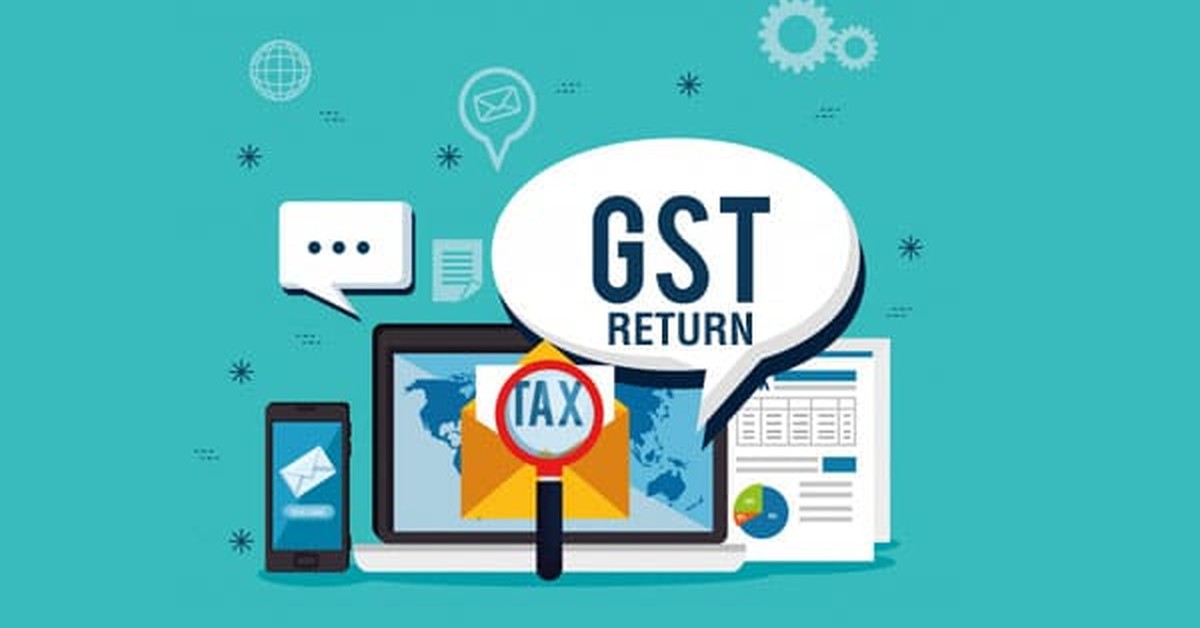GSTR-2A is a document generated for recipients of goods and services under the Goods and Services Tax (GST) system in India. It is an auto-drafted statement that contains the details of purchases made by a taxpayer from registered suppliers. GSTR-2A is automatically generated based on the information provided by suppliers in their GSTR-1 forms.
Recipients can use GSTR-2A to reconcile their purchases and input tax credit claims with the details reported by their suppliers. It's an essential step in ensuring accuracy and compliance with the GST regulations.
Reconciling GSTR-2A is an important process for businesses under the Goods and Services Tax (GST) system in India. Here's why reconciling GSTR-2A is essential:

- Input Tax Credit (ITC) Accuracy: GSTR-2A reconciliation helps ensure that the Input Tax Credit claimed by a business matches the actual purchases made from suppliers. It prevents discrepancies and potential errors in claiming ITC, which could lead to penalties during GST audits.
- Compliance: Accurate reconciliation ensures that your tax reporting aligns with the details submitted by your suppliers. This is crucial for maintaining compliance with GST regulations and avoiding penalties.
- Supplier Communication: Reconciliation often involves contacting suppliers for clarifications on discrepancies, missing invoices, or incorrect data. This helps establish clear communication and maintain accurate records.
- Reduction of Errors: Regular reconciliation reduces the chances of errors in your GST returns. It allows you to identify and rectify discrepancies early, avoiding complications later.
- Financial Reporting: Accurate reconciliation contributes to precise financial reporting. It helps ensure that your tax liabilities and ITC claims are correctly reflected in your financial statements.
- Avoiding Unintended Tax Liability: Without proper reconciliation, there's a risk of underreporting your purchases and consequently underpaying the tax liability. This could lead to tax notices and penalties.
- Efficient GST Audit: If you're subject to a GST audit, having a well-reconciled GSTR-2A demonstrates your commitment to compliance. It also streamlines the audit process by providing accurate data.
- Business Decision Making: Accurate reconciliation provides a clear picture of your actual business expenses and tax obligations. This helps in making informed decisions related to cash flow, procurement, and financial planning.
Reconciling GSTR-2A is a process for matching the purchase data in your GSTR-2A form with the sales data reported by your suppliers in their GSTR-1 forms.
This article delves into the art of accurate ITC claims through the lens of GSTR-2A reconciliation, showcasing its significance with real-world examples.
Understanding GSTR-2A Reconciliation
GSTR-2A is an auto-generated document that captures a taxpayer's purchases from registered suppliers. Reconciling GSTR-2A involves matching these purchase details with the invoices and data in a taxpayer's possession.
Importance of Accurate ITC Claims
Accurate ITC claims contribute to correct tax reporting, reduced financial liabilities, and compliance with GST regulations. Inaccurate claims can lead to penalties and legal complications.
Navigating the Process
Step 1: Obtain GSTR-2A and Purchase Data
Obtain your GSTR-2A statement from the GST portal, which contains the details of purchases as reported by your suppliers. Gather your own purchase data for the corresponding period.
Step 2: Compare Supplier Invoices
Compare the invoices from your suppliers with the entries in the GSTR-2A statement. Ensure that the supplier names, invoice numbers, invoice dates, and values match. For example, if you have a supplier invoice with the following details:
- Supplier: ABC Enterprises
- Invoice Number: INV12345
- Invoice Date: 2023-07-15
- Invoice Value: ₹10,000
Verify that these details match the corresponding entry in your GSTR-2A.
Step 3: Check Tax Amounts
Verify that the GST amounts (CGST, SGST, IGST) mentioned in your supplier invoices match the figures in the GSTR-2A. For instance, if the IGST amount on your supplier's invoice is ₹1,800, ensure that it matches the IGST amount in the GSTR-2A for the same invoice.
Step 4: Reconcile Input Tax Credit (ITC)
Ensure that the ITC claimed by you matches the eligible ITC available as per the GSTR-2A. Calculate the total eligible ITC from GSTR-2A and cross-check it with the ITC claimed in your returns. For example, if GSTR-2A shows eligible ITC of ₹5,000, your claimed ITC should not exceed this amount.
Step 5: Handle Discrepancies
If you find any discrepancies, like missing invoices or incorrect data, you should reach out to your suppliers for clarification and rectification. Once the corrections are made, make sure your GSTR-2A matches the updated data.
Step 6: Maintain Documentation
Keep records of all the communications and actions taken during the reconciliation process. This documentation will be useful in case of any future audits or inquiries.
Remember that GSTR-2A reconciliation helps ensure accurate reporting and claim of Input Tax Credit, reducing the chances of discrepancies and potential penalties. It's recommended to perform this reconciliation regularly, ideally on a monthly basis.








 CAclubindia
CAclubindia

